The "Notre Dame à la Rose" hospital, Lessines Belgium
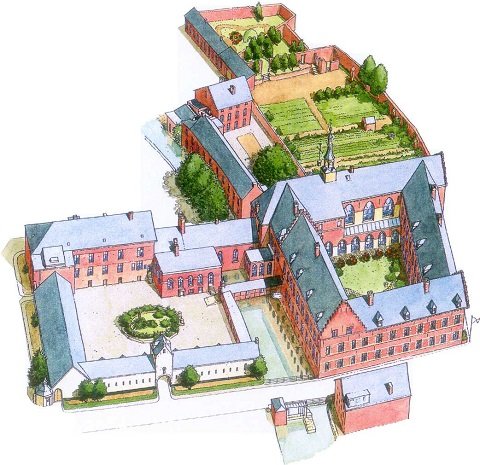
The Notre-Dame à la Rose Hospital is a former hospital in Lessines, Belgium. Founded in 1242 by Alix de Rosoit and entrusted to nuns the hospital operated until the 1980s. It has since been transformed into a museum, a very complete example of an autarkic hospital institution of the Middle Ages.
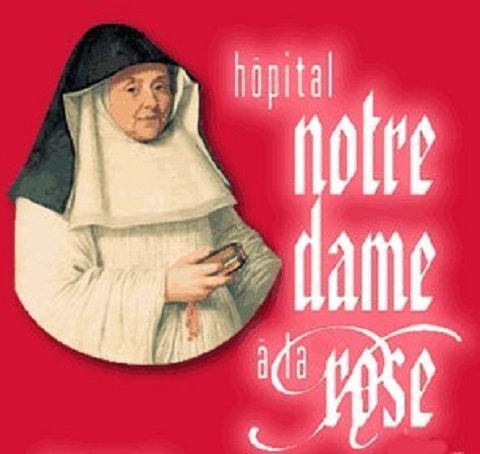
Built along the River Dender in the heart of the town of Lessines, the Notre-Dame-la-Rose Hospital was founded in the middle of the 13th century on the initiative of Arnould IV d'Oudenarde, lord of the town and grand bailiff Of Flanders and his wife Alix de Rosoit, a noble princess from the French hierarchy.
Arnould IV, was involved in the political and military conflicts of his time (first half of the thirteenth century). In the evening of his life, he inserts in his will large sums of money in favor of the poor, the beggars and the destitute of the region.
After his death in 1242, his widow Alix de Rosoit took charge of enforcing the last wishes of her late husband. It founded a pious institution dedicated to the reception and care of the indigent poor in and around the city. Of course, they will also pray for the rest of the soul of Arnould and all his descendants.
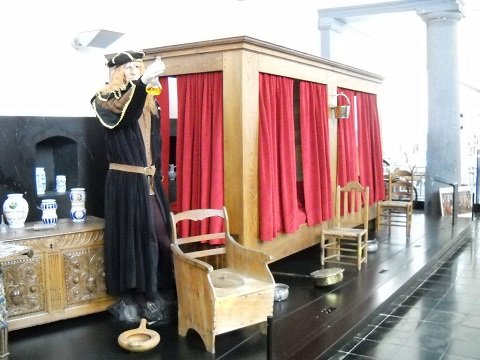
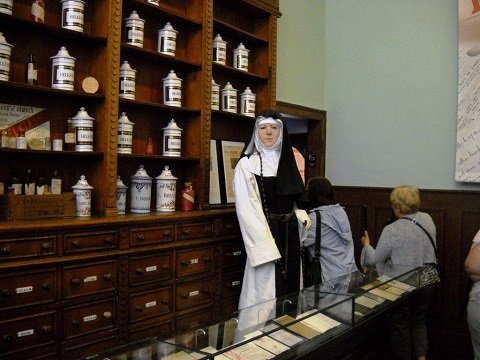
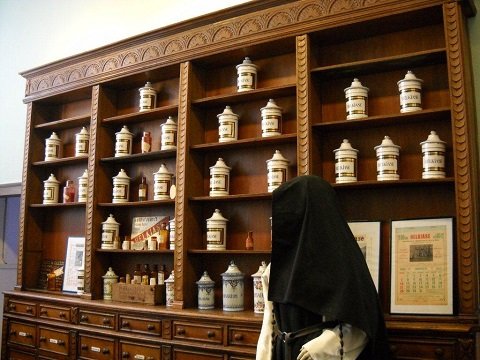
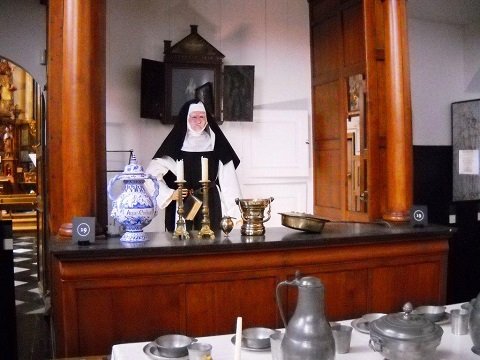

In 1246, Alix de Rosoit set up a double religious community in Lessines: on the one hand, there were a few brothers working mainly on the farm of the Hospital and on the other hand seven Augustinian sisters who were entrusted with the care and Care for the sick.
The Notre-Dame-la-Rose Hospital was then more modest and consisted of only two wings arranged. But all the rooms essential to the life of a convent and hospital were already there: the infirmary, the chapel, the refectory, the dormitory, the novitiate.
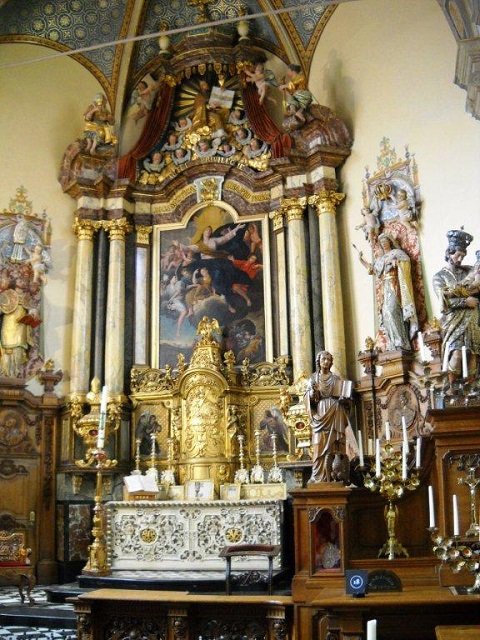
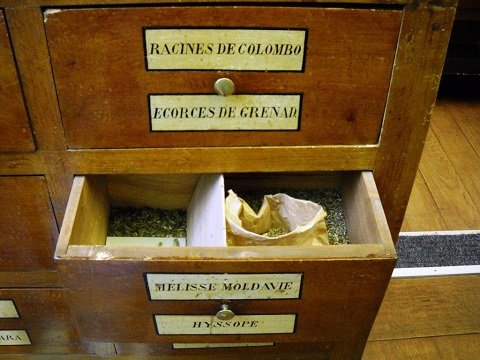
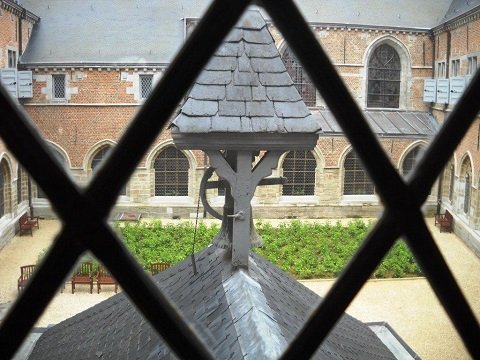
The hospital was run by the prioress lady as well as by the master-director who watched over the spiritual well-being of the place. The superior religious (prioress) is also director of the hospital.
Over the centuries, the hospital will see its buildings transformed in order to offer spaces better suited to both hospital and conventual life. From the sixteenth century to the beginning of the eighteenth century, the main building evolved towards the quadrilateral that we know today, where the Flemish Renaissance and late Gothic styles (for the cloisters) combine with great harmony.
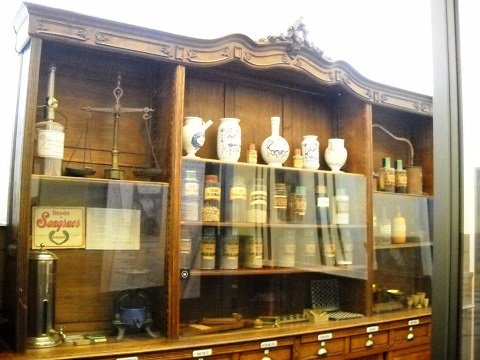
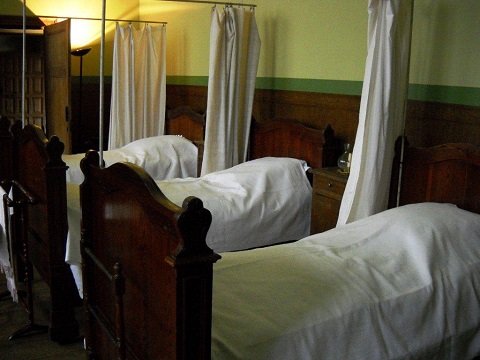
The Hôtel-Dieu is a place of symbiosis between religion and medicine where the notions of faith, science, salvation, spirituality, suffering and remedies rub shoulders, intertwine and interpenetrate.
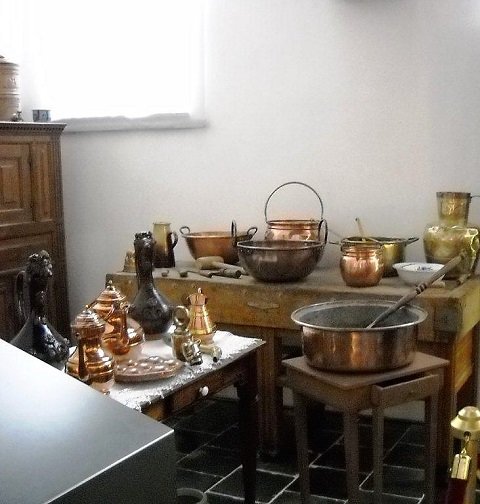

The pharmacist and remedies vendor
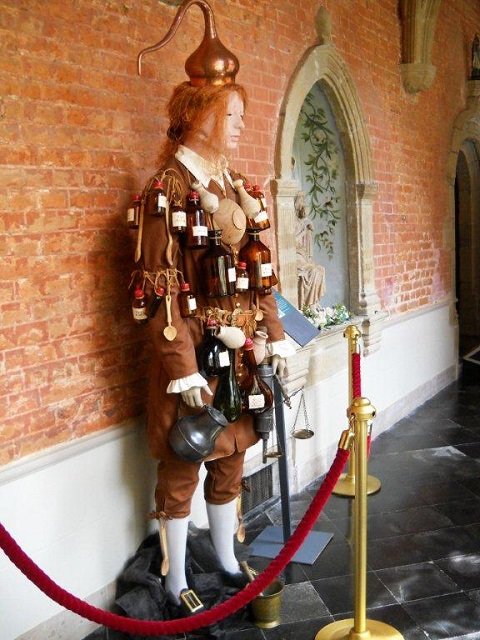
the surgeon
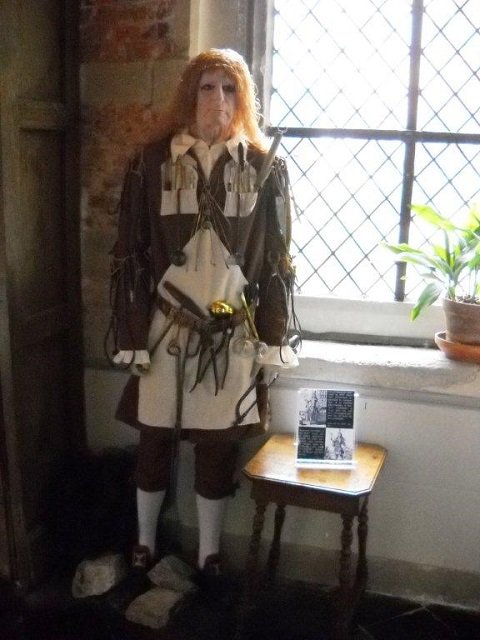
The masked doctor
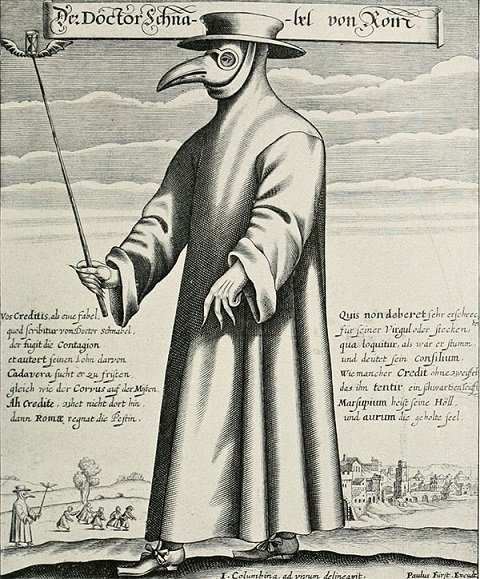
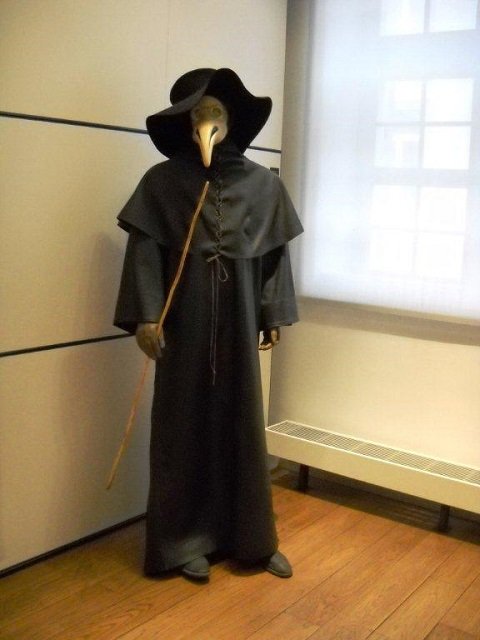
A plague doctor, also known as a plague doctor, was a doctor specializing in the management of bubonic plague. Committed and paid by the cities affected by the epidemic to care for the rich and the poor, it is rarely doctors or experienced surgeons trained to treat this disease, but most often second-rate doctors without great professional success, Or young doctors trying to establish themselves, because their contact with plague victims leads to a high mortality rate among them. In the seventeenth and eighteenth centuries, some doctors wear a mask in the form of a long curved white beak (this beak of corbin is compared with lugubrious vultures) filled with aromatic herbs designed to protect them from putrid air According to the miasma theory of the time.
With the French Revolution, it was the town that took over the management of the hospital through the Civil Hospitals Commission and then the Public Assistance Commission.
The hospital faces a demand for important care in the nineteenth century as a result of the development of local porphyry quarries.
The records of the Hospital bear witness to the numerous workers who were rough, sick and infirm, who were treated and operated at the Notre-Dame à la Rose Hospital at that time.
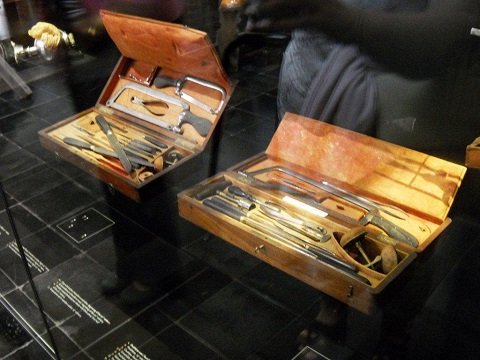
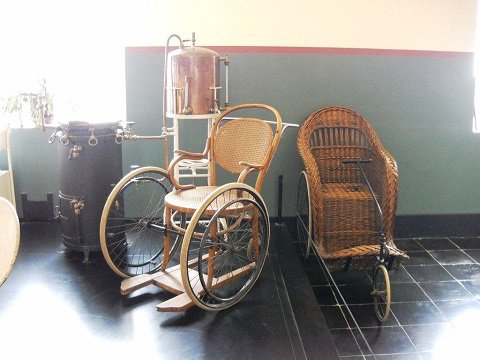
A second patient room was built around 1830, to which will be added two additional rooms around 1860-1870.
Although secular staff (nurses, nursing aides, maintenance staff) subsequently entered the institution, it is clear that the religious community will play a predominant role until 1980, when the last Patients left the Hospital, which became a geriatric hospital.
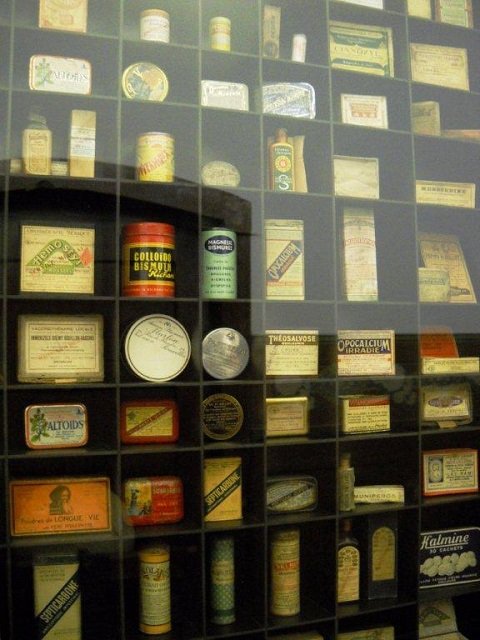
<br class="Apple-interchange-newline"><div id="inner-editor"></div>
103/5000
A beautiful and constructive visit, if you pass through Belgium, come visit this hospital in Lessines.
A downvote was applied to partially counter earlier whale votes as an experiment to reduce whale domination of voting influence. Not intended to express an opinion on the content nor result in a net reduction of rewards or reputation (automated notice)
What?
That's very interesting, and eerie.
And yes, the middle ages were special :-)
Thank you